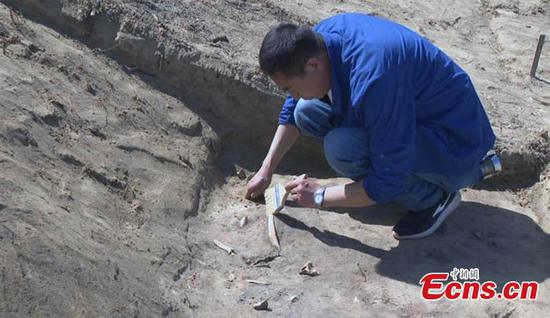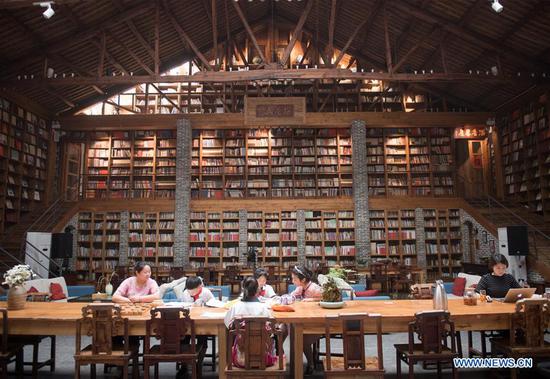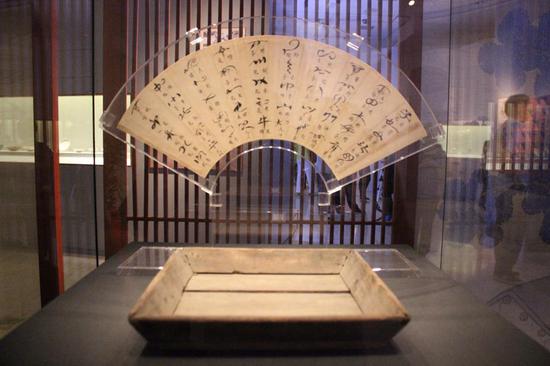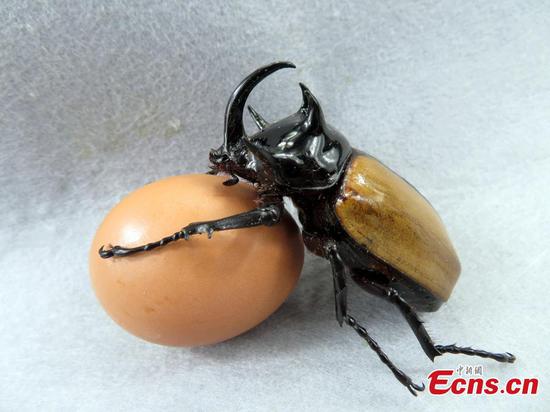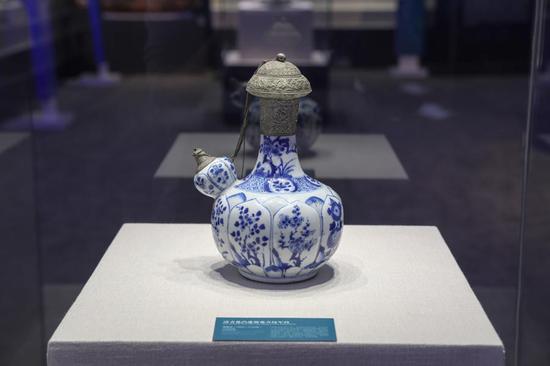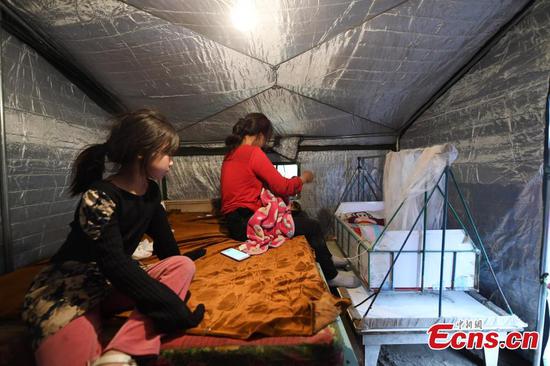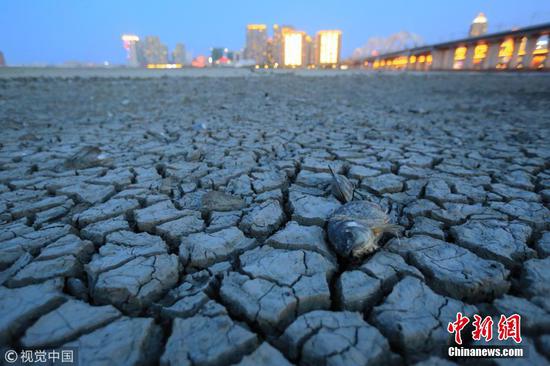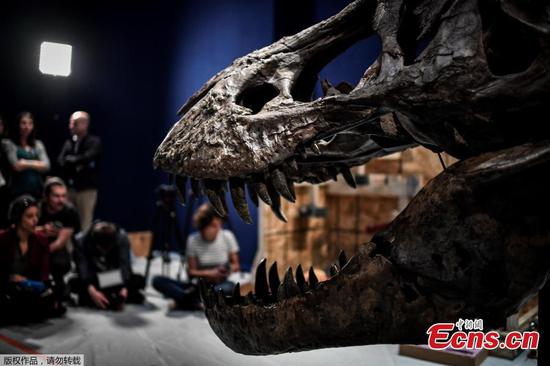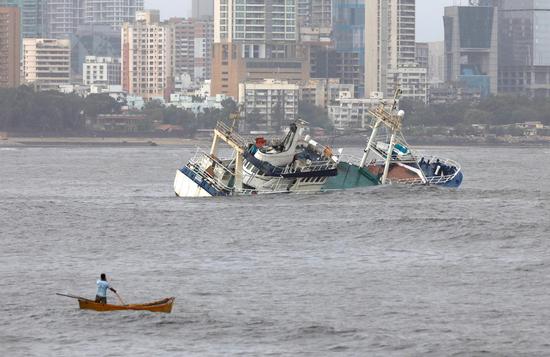Every country has right to conduct research in international waters: expert
China recently placed multiple ocean seismometers in the Indian Ocean where no ocean-bottom seismographic observation was available in the Junhui hydrothermal field, a specialist said.
China's 49th ocean expedition team on Sunday successfully placed ten ocean-bottom seismometers in the southwest Indian Ocean, with five more planned. Fifteen ocean-bottom seismometers will be retrieved in the coming year, according to the Science and Technology Daily on Monday.
Ocean-bottom seismometers can operate for extended periods of time on the seafloor to gather data from earthquakes and artificial vibrations in the deep sea.
The lifespan of a seismometer is from several months to a year, before being retrieved for further research.
This is the first time China has placed seismometers in the southwest Indian Ocean's Junhui hydrothermal field, according to Qiu Lei, the head of the team's earth physics department, the newspaper reported.
China has placed seismometers in the three nearby hydrothermal fields: Longqi, Yuhuang and Duanqiao. The new seismometers in Junhui have been placed where there was previously no ocean-bottom seismographic observation, Qiu was quoted by the Science and Technology Daily as saying, adding that the new seismometers have larger battery capacities to allow them to operate for more than a year.
The findings of the seismometers, especially minor earthquakes that are difficult to observe otherwise, will provide valuable data for the exploration of polymetallic sulphide and help researchers understand the structure of the region, according to the Beijing-based newspaper.
Research in the southwest Indian Ocean is usually misinterpreted by foreign media as military activity. This is simply not the case, Hu Zhiyong, a research fellow at the Shanghai Academy of Social Sciences' Institute of International Relations, told the Global Times on Tuesday.
"Every sovereign nation has the right to conduct scientific research in international waters, so their argument does not stand," Hu said.
China's 49th ocean expedition began on December 6, 2017 on the research ship Xiangyanghong 10, hoping to explore polymetallic sulphide deposits in the southwest and northwest Indian Ocean. The expedition, with more than 200 personnel, would last 250 days, the Xinhua News Agency reported.
Xiangyanghong 10 is the first Chinese ocean science survey ship built with help from a private company.












